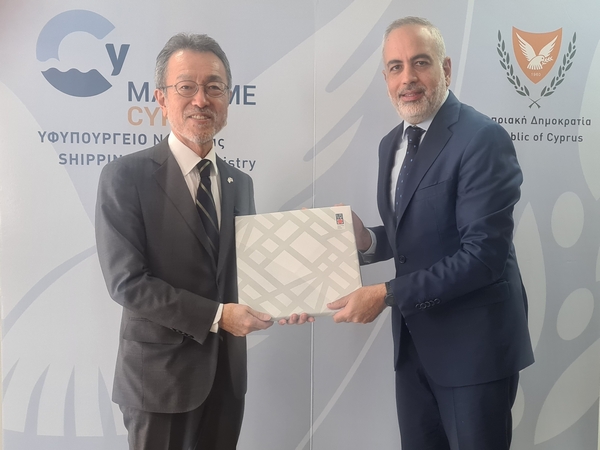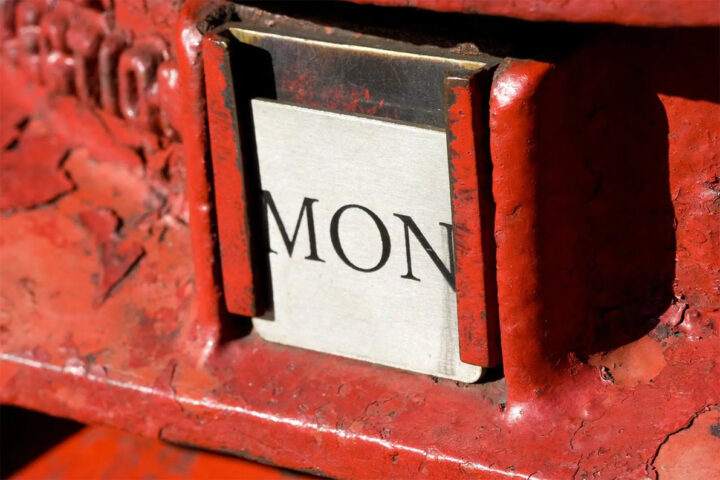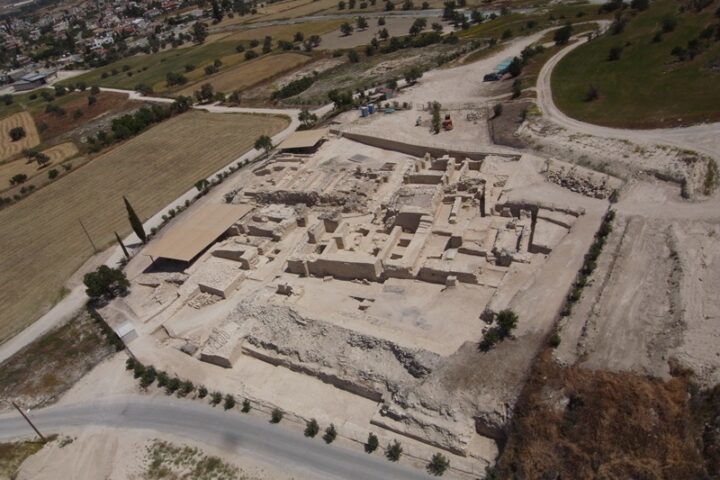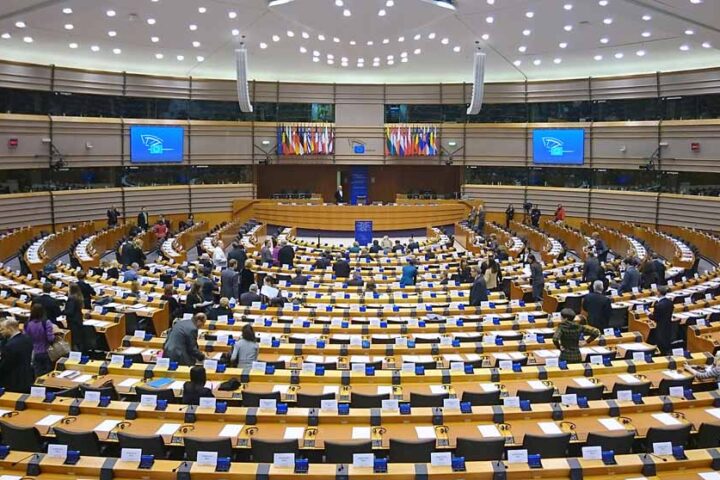The Royal iconostasis doors of Agios Anastasios Peristeronopigi village, looted after the Turkish invasion of Cyprus in 1974, are the first artefact repatriated from an Asian country, namely Japan.
The repatriation was made possible after two years of complex legal negotiations.
But little is known about how the Royal Doors were able to return home, a story that dates back to the 1990s when they were first spotted at a Gallery in the Netherlands by Tasoula Hadjitofi, then Honorary Consul of Cyprus.
She is renowned internationally for her work on repatriating stolen artefacts.
Often called “Icon Hunter”, Hadjitofi is best known for orchestrating the “Munich Case”, one of the largest art trafficking operations in Europe, which led to the arrest of the Turkish art smuggler Aydin Dikmen and the confiscation of over $60 mln in looted artefacts from Cyprus and the world.
Royal Doors in the Hague
In an interview with the Cyprus News Agency, Hadjitofi said the Royal Doors left Cyprus between 1974 and 1980 as they were exhibited in Wijnburg, Holland, an exhibition that eventually went bankrupt.
“The documents of the bankruptcy were secured by myself in the late ’80s, after hiring a private detective with my own money.
“In the bankruptcy documents, there were pictures of the Royal Doors which Mr Thanasis Papageorgiou, then Director of the Department of Antiquities, recognized and confirmed their provenance.
“But, unfortunately, Cyprus could not take action then as the whereabouts of the Royal Doors were needed before any legal action could have taken place in Holland.”
In 1991 whilst walking, Hadjitofi saw the doors in a window at the Roozemond Gallery in the Hague and sent somebody to take a picture for Mr Papageorgiou to confirm.
“Those days we did not have internet, and we worked using a fax machine.
“Pictures had to be sent by mail and authenticated by a notary.
“Once Papageorgiou confirmed that these were the Royal Doors of Peristeronopiyi, I confronted Robert Roozemond, the owner of the Gallery and requested the Doors verbally and in writing, on behalf of Cyprus.
“He claimed the Doors belonged to a client, and confidentiality and privacy did not allow him to reveal their name.”
What was known from the documents of the receiver is that they were bought from Michel van Rijn and Aydin Dikmen.
The documents were evidence that Dikmen and Roozemond were working together.
Hadjitofi requested the Attorney General’s office send over a representative to assist with the case; however, in the meantime, the Royal Doors vanished from the shop window.
A trip to Japan
“I flew to Osaka with my husband for a week and met van Rijn who told us that the Doors are in the Kanazawa College of Art.
“The College’s staff and the lawyers explained that the Royal Doors were bought with tax money and from a legitimate gallery in The Hague, so how could they have known the Doors were looted.
“They questioned the records of the Cyprus Antiquities Department, which were handwritten and with no pictures attached, and they wanted much more evidence and pictures of the Doors in the Church, which we did not have.”
Walk of Truth
“I then began a media campaign with Asahi Shimbun (Japanese Daily), the Dutch press, Greek media, the Independent.
“In parallel, I worked closely with Dinos Leventis in London to mobilize UNESCO and anyone who could help bring the Doors back to Cyprus, without money.
“…the College could not justify spending taxpayers money to buy looted art so, they insisted that they can only give them back for the money they used to buy them.”
Hadjitofi and the Cyprus Church refused to buy them back as it would fuel the illicit trade.
In 1999 when Hadjitofi was no longer Honorary Consul, the College in Kanazawa refused to respond to her letters as they did not consider her an official anymore.
Hadjitofi then turned to Japanese television and convinced a producer to make a documentary about looted antiquities of Cyprus and speak about the Royal Doors to pressure the College into giving them back.
“The documentary was a big success and won an award in Japan, so the climate was right for negotiations.
“The Embassy of Cyprus in the Netherlands took over negotiations with the College, but the Japanese insisted they had to get the tax money spent back.”
Things were quiet till 2012 when Walk of Truth was established, and Hadjitofi’s archives were now available to researchers and academics worldwide.
The Royal Doors were discussed in universities, and her speeches, plus a detailed account of the history of the Doors, with names, is found in her book, “The Icon Hunter”, published in 2017.
In 2020, the Director of Antiquities negotiated with the College to buy back the Doors with money from the Archbishopric.
“I suggested that the Government should never engage in negotiations involving public money to buy back looted art, and neither should the Church.”
Repatriation and conservation
Improved relations between Cyprus and Japan, with the opening of a Japanese embassy in Nicosia and a Cypriot embassy in Tokyo, played a catalytic role in this case.
The Ambassador of Cyprus to Japan, Charis Moritsis, said his embassy was involved since 2019 and had excellent cooperation with the Antiquities Department.
Τhe Royal Doors by the hand of the Monk Philaretos was completed in 1775.
They are made of pinewood, adorned with richly illuminated religious panels, and form the centre of the Iconostasis.
This icon-decorated screen separates the sanctuary from the rest of Greek Orthodox church interiors.
The Cypriot iconographic tradition of the 18th century is different from the rest of the Orthodox world, of which they are an important example.
The Royal iconostasis Doors will be conserved by the Department of Antiquities and handed over to the Cyprus Church until their return to Ayios Anastasios, where they belong. (source CNA)










